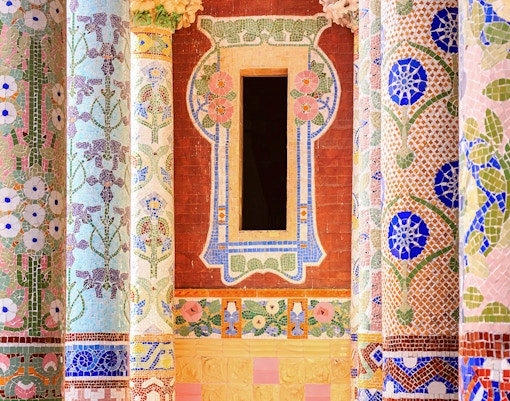Prepare to be mesmerized by the soul-stirring rhythms and passionate dance of flamenco at the Palace of Catalan Music!
- The Palau De La Música’s concert hall, known for its exceptional acoustics, is the perfect stage for a captivating performance.
- The Gran Gala Flamenco, a Barcelona favorite for over 18 years, features a talented ensemble of guitarists, percussionists, singers, and dancers, from critically acclaimed dance companies from Catalonia and beyond.
- Led by the visionary choreographer Susana Escoda and artistic director Sara Flores, these artists deliver a breathtaking display of traditional flamenco, infused with contemporary flair.
- Recognized by UNESCO as a cultural heritage, flamenco embodies the spirit and history of the Andalusian people.
- Attending a flamenco show at the Palace of Catalan Music provides the perfect setting for this unforgettable experience.
























